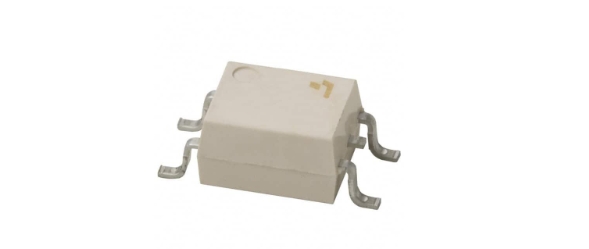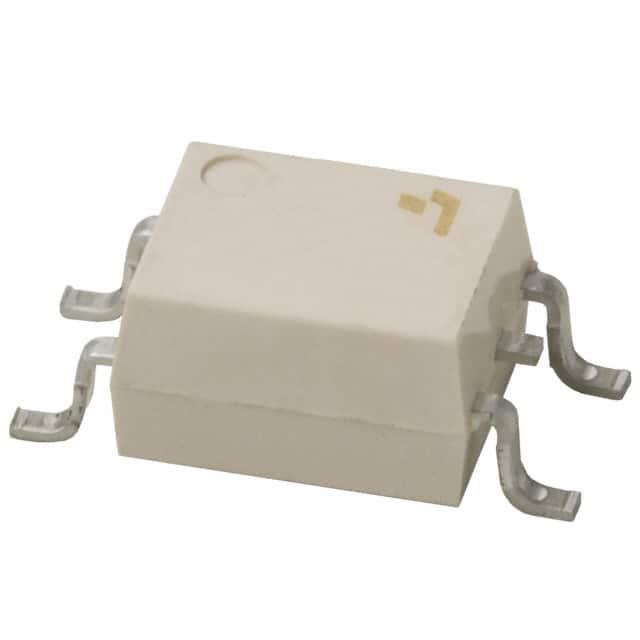Why Solid State Relays (SSRs) are Revolutionizing Modern Electronics

Introduction to Solid State Relays (SSRs)
In the world of electronics, the role of relays is critical for controlling high-power devices with low-power signals. solid state relays - ssrs have revolutionized this field with their enhanced performance and reliability. Unlike traditional electromechanical relays, SSRs use semiconductor components to switch electronic signals, offering numerous advantages in modern applications.
Comparison with Electromechanical Relays: Traditional electromechanical relays utilize a mechanical switching mechanism which, while effective, has limitations in terms of lifespan and speed. SSRs, on the other hand, eliminate mechanical parts entirely, providing faster switching times, greater durability, and no moving parts that can wear out.
Types of Solid State Relays
Different Configurations:
SSRs come in several configurations tailored to different needs:
AC SSRs: Designed for alternating current applications, they handle high voltage and current loads efficiently.
DC SSRs: Optimized for direct current applications, these relays are ideal for low-voltage circuits.
Universal SSRs: These versatile relays can handle both AC and DC loads, providing flexibility for various applications.
Advantages and Use Cases:
AC SSRs are commonly used in industrial control systems, such as temperature control units and motor drives.
DC SSRs are ideal for automotive applications and low-voltage control circuits.
Universal SSRs offer flexibility for use in diverse environments, from consumer electronics to complex industrial setups.
How SSRs Work
Internal Components and Operation: SSRs use a combination of semiconductor devices like triacs, MOSFETs, or IGBTs to perform switching operations. The relay's internal structure allows it to control the flow of current without physical contact, thereby eliminating the wear and tear associated with traditional relays.
Operation Differences: While electromechanical relays rely on an electromagnetic coil to actuate a switch, SSRs use electronic components to achieve the same result, offering faster switching speeds and longer operational life.
Advantages of Using SSRs
Longer Lifespan: SSRs do not have mechanical parts that wear out, leading to a significantly longer service life.
Faster Switching Times: With no physical movement involved, SSRs can switch on and off much more quickly than their mechanical counterparts.
Silent Operation: SSRs operate silently, making them ideal for noise-sensitive applications.
Energy Efficiency: They offer high efficiency and reduced energy consumption, contributing to lower operational costs.
Reduced Electromagnetic Interference: SSRs minimize electromagnetic interference, enhancing the performance of sensitive electronic systems.
Applications of Solid State Relays
Automation: SSRs are extensively used in industrial automation systems for precise control of high-power devices.
HVAC Systems: They control heating, ventilation, and air conditioning systems with accuracy and reliability.
Industrial Control: SSRs manage machinery and equipment, ensuring efficient and reliable operations.
Temperature Control Systems: SSRs regulate temperature settings with high precision.
Lighting Control: They enable sophisticated lighting control systems, from dimming to switching.
Selecting the Right SSR for Your Application
Factors to Consider:
Load Type: Determine whether the load is AC or DC to select the appropriate SSR.
Voltage and Current Rating: Ensure the SSR can handle the specific voltage and current requirements of your application.
Performance Specifications: Consider factors like switching speed and heat dissipation.
Comparing SSRs: Evaluate SSRs based on their specifications and how well they match your project needs, considering both general-purpose and specialized relays.
SSRs vs. Electromechanical Relays
Detailed Comparison:
Performance: SSRs offer faster switching and greater reliability.
Cost: While SSRs may have a higher initial cost, their longevity and efficiency often result in lower overall costs.
Reliability: SSRs excel in high-vibration environments and high-cycle applications.
When to Choose SSRs: Opt for SSRs in scenarios where speed, durability, and silence are critical factors.
Design Considerations for Implementing SSRs
Integration: Ensure that SSRs are properly integrated into your circuit design, considering factors like heat dissipation, electrical isolation, and protection against electrical surges.
Key Considerations:
Heat Dissipation: Implement cooling solutions to manage heat generated by SSRs.
Electrical Isolation: Use SSRs with proper isolation to protect sensitive components.
Advancements in SSR Technology
Enhanced Switching Capabilities: Improvements in switching speeds and load handling.
Integration with Smart Systems: SSRs are increasingly being integrated into smart systems for automated control.
Future Directions: Expect continued advancements in SSR technology, including increased efficiency and integration with advanced control systems.
Troubleshooting and Maintenance of SSRs
Common Issues:
Overheating: Address issues related to heat management.
Signal Integrity: Ensure that SSRs maintain signal integrity in high-frequency applications.
Maintenance Practices: Regularly inspect SSRs for signs of wear and ensure proper cooling and electrical protection.
Case Studies of SSR Applications
Real-World Examples:
Industrial Automation: Successful implementation of SSRs in manufacturing processes for better control and reliability.
Consumer Electronics: Use of SSRs in consumer devices for enhanced performance and energy efficiency.
Lessons Learned: Best practices include proper selection and integration of SSRs based on application needs and operational requirements.
Global vs. Local Suppliers for SSRs
Advantages and Disadvantages:
Global Suppliers: Offer a broad range of products and potentially better pricing but may involve longer shipping times.
Local Suppliers: Provide faster delivery and more personalized support but may have limited product offerings.
Factors to Consider:
Reliability: Assess the reliability of suppliers and their ability to meet your needs.
Support and Availability: Consider the level of support and availability of products.
FAQ
1.What is a Solid State Relay (SSR)?
A Solid State Relay (SSR) is an electronic switching device that controls high-power devices with low-power signals without mechanical movement, providing fast and reliable switching.
2. What are the main types of SSRs?
The main types of SSRs are AC SSRs, DC SSRs, and universal SSRs, each designed for specific load types and applications.
3. How do SSRs differ from electromechanical relays?
SSRs use semiconductor components for switching, whereas electromechanical relays use mechanical parts. SSRs offer faster switching, longer lifespan, and silent operation.
4. What factors should I consider when choosing an SSR?
Consider the load type, voltage and current ratings, switching speed, and heat dissipation requirements when selecting an SSR.
5. What are some common applications of SSRs?
SSRs are used in industrial automation, HVAC systems, temperature control, lighting control, and various other high-power electronic applications.
6. How do advancements in SSR technology impact their performance? Recent advancements in SSR technology have led to improved switching speeds, better efficiency, and integration with smart control systems.
7. What maintenance practices are recommended for SSRs?
Regularly inspect SSRs for overheating and signal integrity issues, and ensure proper cooling and protection to maintain optimal performance.
8. Should I choose a global or local supplier for SSRs?
The choice depends on factors like pricing, delivery time, support, and product availability. Global suppliers offer a wide range, while local suppliers provide quicker service and personalized support.
Related News
A Comprehensive Guide to SSRs, EMRs, and Accessories
Versatility of Relays: Solid State, Time Delay, and Signal Relays Explained



